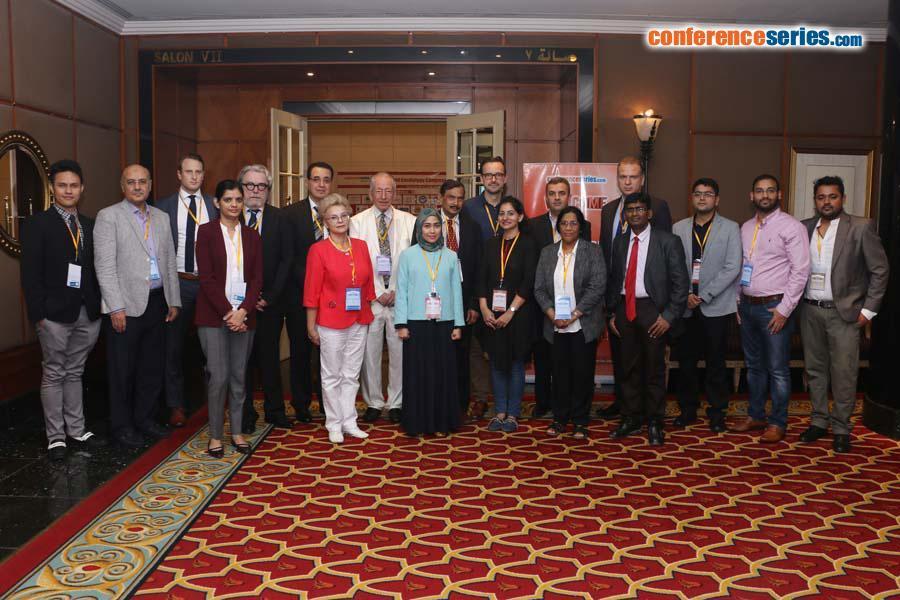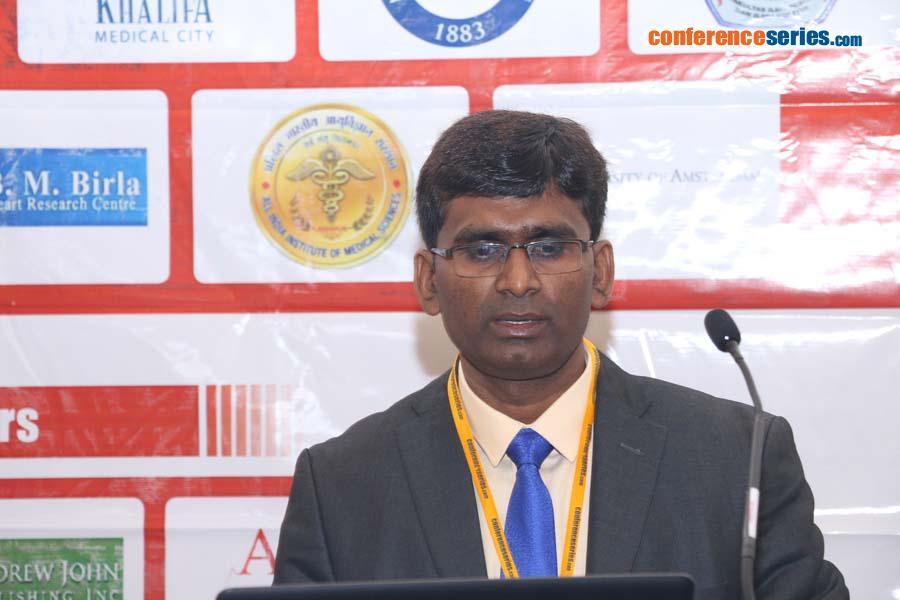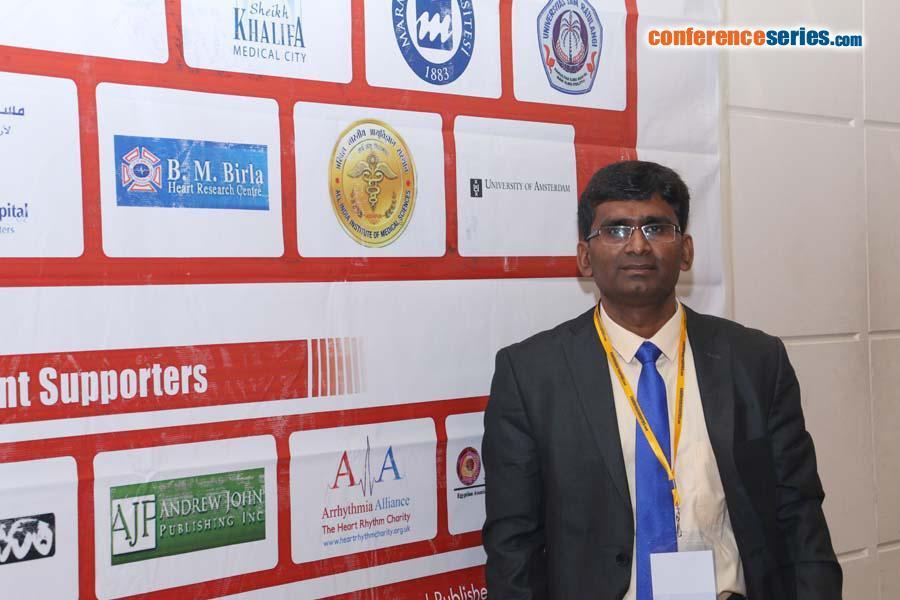
Arun Prasad
All India Institute of Medical Sciences, India
Title: Mortality due to rheumatic heart disease in developing world
Biography
Biography: Arun Prasad
Abstract
Statement of the Problem: Rheumatic heart disease (RHD) is the most common acquired heart disease in children in many parts of the world, especially in developing countries. At least 15.6 million people are estimated to be currently affected by RHD, with a significant number of them requiring repeated hospitalization and often unaffordable heart surgery in the next 5 to 20 years. The disease is crippling in its severe form and causes premature deaths. These morbidity and mortality may be controlled by primary and secondary prevention. Researchers have estimated the burden of rheumatic heart disease in Bihar, a major state in Northern India by finding one year mortality due to rheumatic heart disease in the largest tertiary cardiac care institute of the region.
Methodology & Theoretical Orientation: A retrospective audit of records was done at Indira Gandhi Institute of Cardiology, one of the largest tertiary cardiac centers of Bihar, to find out mortality due to RHD during year 2013.
Results: The mortality due to rheumatic heart disease in this cardiac centre during 2013 was 120 with more deaths in women (n=67, 56%) than men (n=53, 44%). Median age at death was 35 years. Minimum age at death was eight years and maximum age was 73 years. The highest number of deaths was noted in the 31-40 years age group, (19 women and 18 men). Out of a total 120 deaths, four had stuck valves (three had MVR and one had DVR).
Conclusion & Significance: Rheumatic heart disease is a significant health problem in developing world. The disease can be prevented and controlled by primary and secondary prevention. Nodal centers for RHD prevention should be established in the areas with higher prevalence of the disease to ensure patient registry, primary prevention and secondary prevention.




